PPT-SIFT SIFT S cale- I nvariant
Author : tatiana-dople | Published Date : 2018-10-26
F eature T ransform David Lowe Scalerotation invariant Currently best known feature descriptor A pplications Object recognition Robot localization Example I mosaicking
Presentation Embed Code
Download Presentation
Download Presentation The PPT/PDF document "SIFT SIFT S cale- I nvariant" is the property of its rightful owner. Permission is granted to download and print the materials on this website for personal, non-commercial use only, and to display it on your personal computer provided you do not modify the materials and that you retain all copyright notices contained in the materials. By downloading content from our website, you accept the terms of this agreement.
SIFT SIFT S cale- I nvariant: Transcript
Download Rules Of Document
"SIFT SIFT S cale- I nvariant"The content belongs to its owner. You may download and print it for personal use, without modification, and keep all copyright notices. By downloading, you agree to these terms.
Related Documents

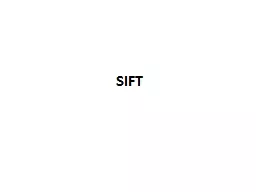

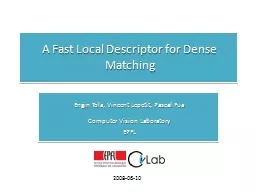
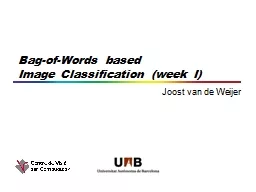
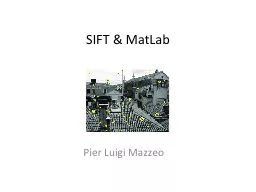


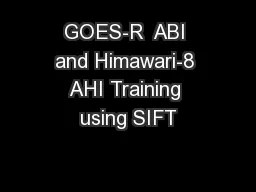
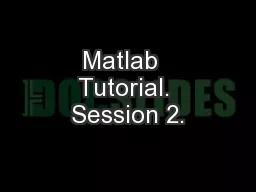
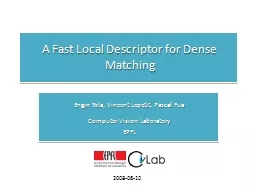
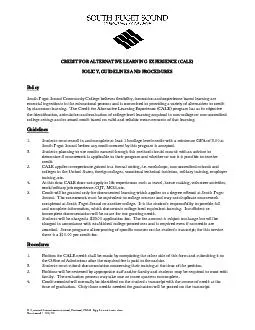
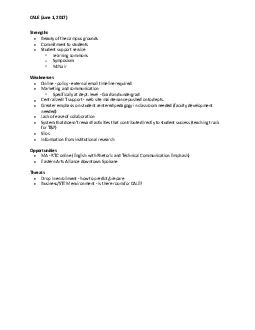
![[DOWNLOAD] - The Complete SIFT Study Guide: SIFT Practice Tests and Preparation Guide](https://thumbs.docslides.com/906817/download-the-complete-sift-study-guide-sift-practice-tests-and-preparation-guide-for-the-sift-exam.jpg)
![[READ] SIFT Study Guide: SIFT Test Prep Book with 675+ Practice Questions for the US Army](https://thumbs.docslides.com/1006872/read-sift-study-guide-sift-test-prep-book-with-675-practice-questions-for-the-us-army-exam-5th-edition.jpg)